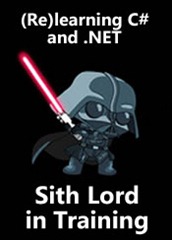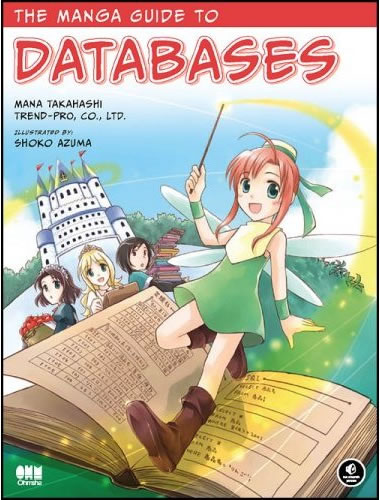
If you’re in the Greater Toronto Area, have basic knowledge of database queries and want to help a grad student with a research project, Zuzel Vera Pacheco, one of Greg Wilson’s students at University of Toronto, needs to borrow your brain! In exchange, you’ll get a chance to win a $100 Best Buy gift card.
Here’s her description of the project:
Want to win a $100 Best Buy gift card? Do you have basic knowledge about database queries? If so, I need you!
Subjects are needed to take part in a study concerning the visualization of database queries. Participants will be asked to draw diagrams that represent the execution of database queries or to determine what queries are represented by a set of diagrams. This study will help design a tool intended to help expert and novice programmers to design and debug such queries. The time needed for the study will range from 30 minutes to an hour, and can take place in the Bahen Centre at the University of Toronto or elsewhere in the Greater Toronto Area.
A basic understanding of relational databases and database queries is required. The examples will contain queries in SQL and other programming languages like Ruby or Python. The participants should be fluent/conversant in English.
Participants who complete the study will be entered into a random draw for a $100 Best Buy gift card. The odds of winning this prize are 1 in 30.
If you think you can help Zuzel with her project, drop her a line!






